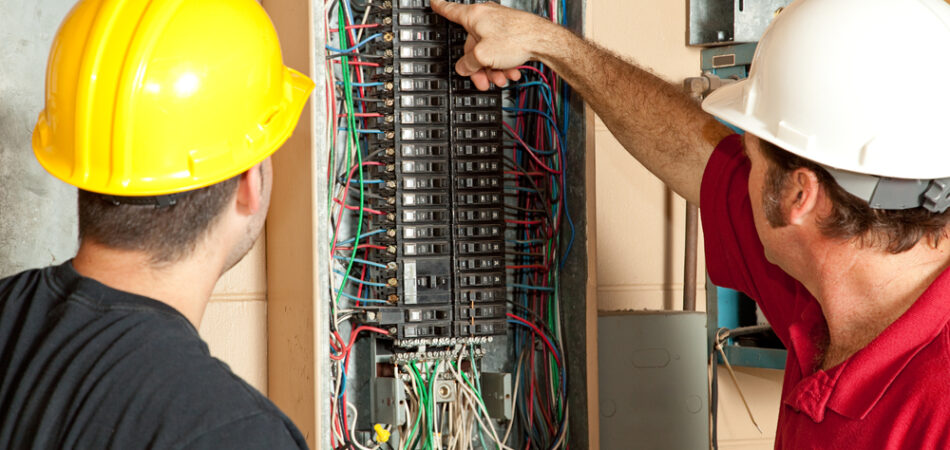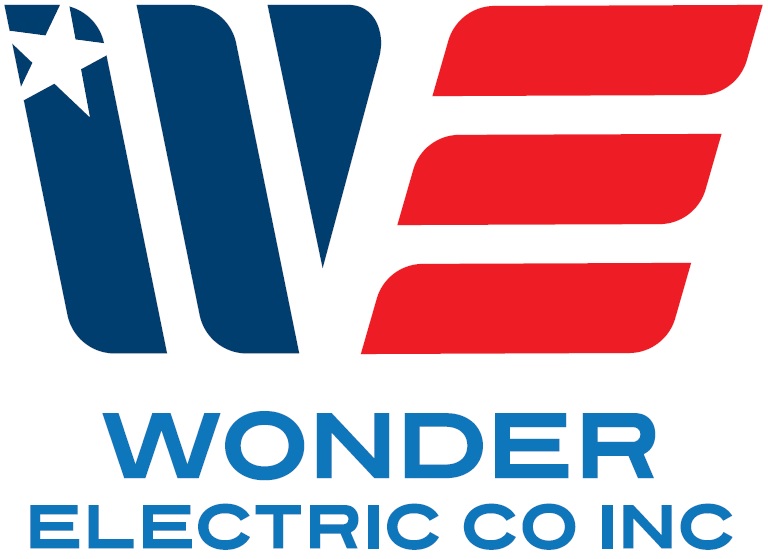
The arrival of the monsoon season in Twentynine Palms brings much-needed rainfall to the arid desert landscape, but it also ushers in a set of serious challenges for industrial facilities—especially when it comes to electrical safety. Electrical storms, flash floods, high winds, and fluctuating power supplies can compromise critical infrastructure, cause expensive damage, and even put workers’ lives at risk. Facilities managers and industrial operators in this region must implement strong preventive measures to minimize these risks. One key area to focus on is electrical storm protection and surge management, which can mean the difference between a minor disruption and a catastrophic shutdown.
Understanding Monsoon Season Threats in Twentynine Palms
Twentynine Palms sits within the Mojave Desert, an area known for extreme climate variations. During the summer monsoon season, this region is particularly susceptible to sudden thunderstorms, intense lightning activity, and torrential downpours. These storms often form quickly and bring with them dangerous electrical surges that can wreak havoc on industrial equipment.
Facilities in the area typically rely on high-powered electrical systems to support HVAC units, pumps, automated machinery, and network servers. Lightning strikes—whether direct or indirect—can overload these systems and result in significant downtime or permanent damage. Beyond the equipment itself, a single electrical surge can erase vital data, compromise fire safety systems, and disable communication lines during emergencies. This makes proactive industrial surge protection a non-negotiable component of operational safety.
Another underestimated threat comes from the region’s dry landscape. Although rainfall is welcome, the parched desert ground does not absorb water efficiently, leading to flash floods. Electrical panels and conduit systems located in low-lying areas or near drainage pathways are vulnerable to water intrusion, corrosion, and short-circuiting. Thus, weatherproofing and elevated placement become crucial in facility design.
Fortifying Infrastructure with Electrical Storm Protection
Preparing your facility to withstand the wrath of a monsoon starts with a strong defense against electrical storms. The first step is evaluating your site’s current electrical layout and identifying vulnerabilities, particularly in high-traffic or mission-critical zones. Grounding and bonding systems must be up to code and thoroughly tested for reliability. In Twentynine Palms, where the soil is often dry and rocky, achieving a low-resistance grounding system may require enhanced methods such as chemical grounding rods or deep-driven electrodes.
The installation of lightning arresters and surge protective devices (SPDs) across all points of entry—main switchboards, subpanels, and data lines—is essential. These devices act as the first line of defense by diverting excessive voltage safely into the ground. Industrial surge protection equipment should be rated for high energy dissipation and tested regularly to confirm their readiness.
Remote equipment or auxiliary buildings, such as pump stations or control sheds, often get overlooked. However, they are equally vulnerable to lightning-related disturbances and need the same level of protection. Shielded conduit, grounded cable trays, and fiber-optic communication systems (which are immune to electrical interference) should be considered in your storm-proofing plan.
On the control systems side, programmable logic controllers (PLCs) and industrial computers should be equipped with uninterruptible power supplies (UPS) that include surge protection and power conditioning features. This not only guards against damage but also allows for safe shutdown procedures if a power interruption occurs.
Securing Critical Systems Against Water Intrusion and Wind Damage
While lightning poses an invisible but potent threat, monsoon rains and high winds present very tangible dangers. Floodwaters can infiltrate electrical cabinets and cause corrosive damage to bus bars, relays, and wiring insulation. Windborne debris can impact exposed conduit or dislodge rooftop electrical units. Therefore, comprehensive protection involves both structural and electrical mitigation strategies.
Start by performing a top-down audit of the facility. Are all outdoor electrical enclosures rated for wet conditions (NEMA 4 or higher)? Are rooftop HVAC units properly fastened and shielded against high winds? Are basement or ground-level panels elevated or waterproofed to withstand rising water? Simple design modifications—such as sealing cable entry points, installing trench drains, or elevating junction boxes—can significantly reduce flood-related risks.
For facilities operating in remote stretches of Twentynine Palms, where emergency services may not arrive quickly, built-in redundancy becomes vital. Back-up generators should be inspected and tested prior to monsoon season, and their fuel systems should be secured from water contamination. Automatic transfer switches (ATS) should be tested for seamless operation to ensure a continuous power supply to emergency lighting, communications, and vital machinery.
Wind resistance is another area to evaluate, especially for facilities with metal buildings or outdoor storage. Electrical equipment mounted on poles or towers should be rated for wind loads and include bracing as needed. Cable ties and conduits should be reviewed for secure anchoring, reducing the chance of fraying or breakage during gusty conditions.
Training, Testing, and Emergency Readiness
Even the most robust equipment can fail without trained personnel and well-rehearsed protocols. Investing in employee training is as crucial as the hardware itself. During monsoon season in Twentynine Palms, employees should know how to recognize the early signs of electrical stress—like flickering lights, buzzing sounds from equipment, or overheating panels—and respond accordingly.
Clear procedures for electrical isolation, equipment shutdown, and reporting should be in place. Lightning detection systems can also be installed to provide real-time alerts, allowing staff to power down or disconnect sensitive devices before a storm hits. Emergency lighting and signage must be checked regularly to ensure they remain visible and functional during low-visibility events.
Routine testing and preventive maintenance should be scheduled before the onset of the season. Infrared thermography can help identify hotspots or deteriorating components within panels. Moisture sensors in underground or moisture-prone areas can warn of impending floods. Facilities should keep a stockpile of essential supplies—fuses, circuit breakers, wiring, sealant materials—to make swift repairs in the aftermath of a storm.
Moreover, cross-functional emergency drills can help prepare staff for coordinated shutdowns or evacuations. These drills should simulate various scenarios including power failure, equipment malfunction, and communication loss, so teams know how to act swiftly and minimize damage.
Investing in Long-Term Industrial Surge Protection
Monsoon season in Twentynine Palms may only last a few months, but the impact of a single electrical surge or flood can last for years. Investing in high-quality industrial surge protection and electrical storm protection solutions is not merely a seasonal consideration—it’s a long-term strategy for operational continuity and worker safety.
Facilities should consider working with licensed electrical engineers to design or upgrade surge protection plans tailored to their specific operational profile. This might involve layering protections at multiple levels—from service entrance to point-of-use—ensuring that no single surge can breach multiple barriers. Integrating monitoring systems into your industrial network allows real-time tracking of electrical health and early warnings for impending failures.
Even after the monsoon passes, post-season evaluations are critical. Inspect all SPDs and replace any that have absorbed excessive surges. Review data logs from UPS and energy management systems to identify patterns or weak points. Each season should improve your strategy, not reset it.
Conclusion
Twentynine Palms’ harsh yet beautiful environment demands resilience from its industrial operators. By aligning your facility’s electrical infrastructure with the realities of monsoon threats, you protect your assets, your people, and your productivity. The combination of robust surge protection, comprehensive water and wind safeguards, and diligent staff training ensures that when the skies darken and the storm rolls in, your operation stands tall—storm-proof and secure.
